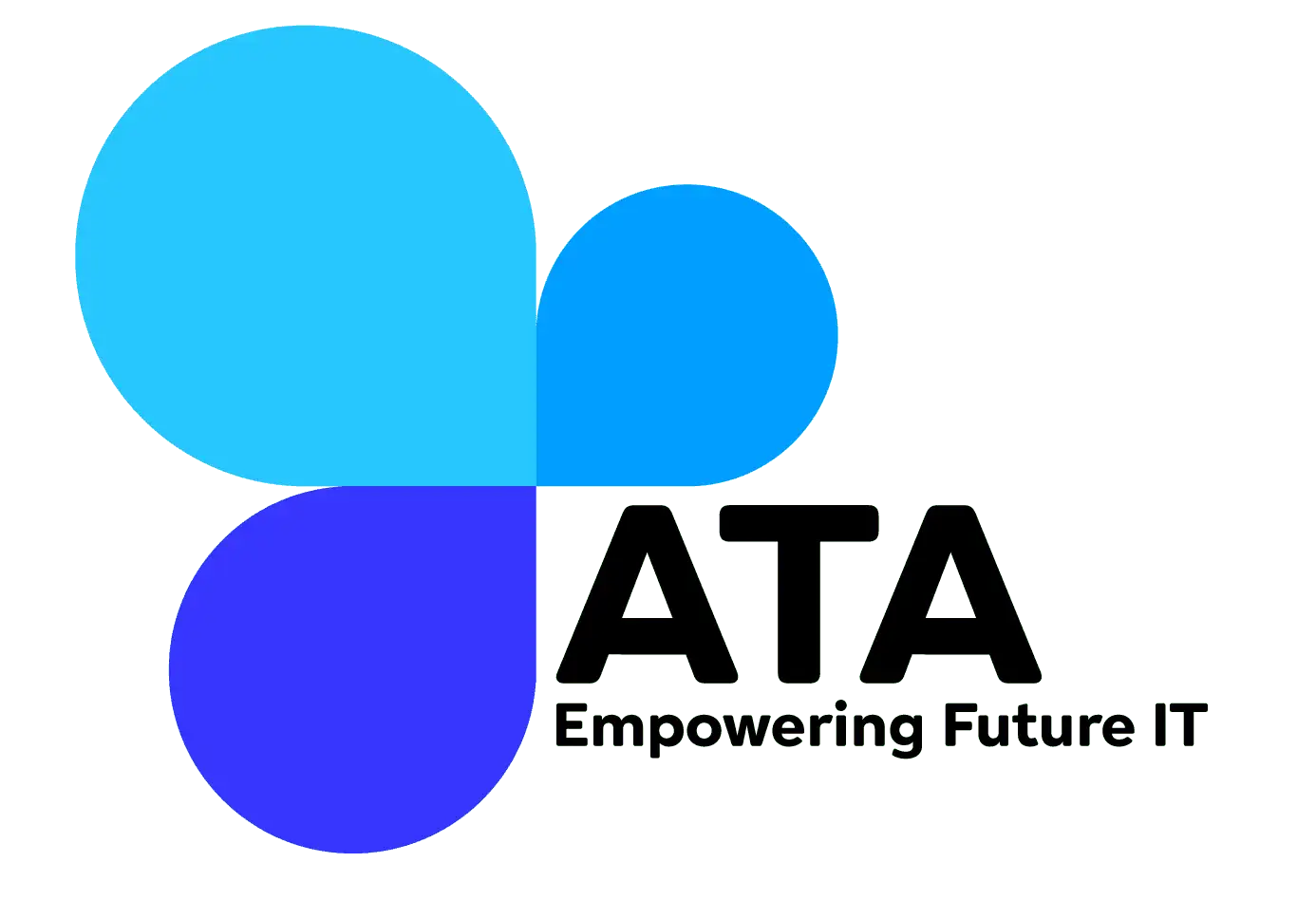In today’s fast-paced educational environment, one size no longer fits all. Traditional teaching methods often struggle to meet the diverse needs of students, each with their unique learning styles, strengths, and areas for improvement. This is where Artificial Intelligence (AI) comes in, revolutionizing the way education is delivered.
One of the most exciting innovations in education today is the integration of Automated Teaching Assistants (ATA). These AI-powered tools are not just helping teachers manage classroom tasks more efficiently—they are also transforming how students learn by offering personalized, tailored learning experiences. In this blog, we’ll explore how ATA tools use AI to create adaptive learning pathways, offering students a more customized and engaging educational journey.
What Are ATA Tools?
ATA tools, or Automated Teaching Assistants, are AI-driven systems designed to support both educators and students. These tools can automate tasks such as grading, answering frequently asked questions, and even providing feedback on assignments. But their true potential lies in their ability to personalize learning.
By using sophisticated algorithms, ATA systems are able to assess each student’s needs in real-time, adapting the content, pace, and type of instruction accordingly. This dynamic adaptability makes learning more engaging and effective by meeting each learner where they are.
Adaptive Learning Algorithms: How ATA Tools Personalize Content
At the core of ATA tools is adaptive learning technology, which tailors educational content to the individual student. The technology works by analyzing the learner’s performance—whether that’s quiz results, homework submissions, or in-class activities—and adjusting the learning experience to better suit their needs.
For instance, if a student struggles with a particular topic, an ATA system might slow down the pace and provide additional resources, such as videos, quizzes, or even personalized explanations. Conversely, if a student excels at certain concepts, the ATA can accelerate the learning process, offering more challenging material to keep the student engaged and moving forward.
This real-time adjustment makes learning more effective. Rather than everyone following the same rigid curriculum, each student receives a path optimized for their unique strengths and weaknesses.
Continuous Monitoring and Feedback
One of the most powerful features of ATA tools is their ability to continuously monitor student progress. Unlike traditional classroom settings, where feedback may be delayed until the next lesson or grading cycle, ATA systems provide instant feedback. This means students receive immediate insights into what they’re doing well and where they need improvement.
For example, after completing a quiz, a student may instantly know which questions they answered incorrectly and why. ATA tools can even provide detailed explanations or hints to help the student better understand the material. This type of real-time feedback is incredibly valuable because it allows learners to correct misunderstandings and reinforce their knowledge while the material is still fresh.
Tailoring the Learning Pace
Every student learns at their own pace, and AI-powered ATA systems recognize this. The pacing of lessons can be adjusted to match each learner’s speed of comprehension. Some students may require additional time to grasp a concept, while others may be ready to move on faster.
This adaptability prevents students from feeling left behind or bored. Those who need extra help aren’t rushed, and those who are ready for more advanced topics aren’t held back by the pace of the class. The result is a more engaging and effective learning environment for everyone.
Data-Driven Insights for Educators
ATA systems do more than just personalize the student experience—they also provide valuable data for teachers. By analyzing how students interact with the material, ATA tools can offer insights into classroom trends. For example, if a large group of students is struggling with a particular lesson, the system can flag this for the educator, prompting them to revisit the topic with a different approach.
This real-time data gives educators the ability to make informed decisions about their teaching methods and adjust their lesson plans on the fly. It empowers teachers to focus on the areas where students need the most support, rather than spending time on topics that are already well-understood by the class.
The Benefits of Personalized Learning
- Enhanced Engagement: Students are more engaged when the content is relevant to their learning level and interests. Personalized learning pathways keep students curious and motivated to learn.
- Improved Learning Outcomes: By adjusting the pace and providing timely feedback, ATA tools help students retain information better and achieve higher levels of mastery over the material.
- Student Confidence: Students are less likely to feel overwhelmed or frustrated when learning is paced according to their abilities. By celebrating small victories and offering personalized encouragement, ATA tools can help boost student confidence and motivation.
- Better Teacher Support: Educators benefit from the data-driven insights ATA tools provide, allowing them to intervene early and target areas where students need help, thus optimizing their teaching efforts.
The Future of Personalized Learning
As AI continues to evolve, the possibilities for personalized learning with ATA tools are endless. The integration of natural language processing (NLP) could allow ATA tools to provide more conversational and contextual feedback, further enhancing the learning experience. Additionally, with advancements in AI-driven content generation, ATA tools may be able to offer an even greater variety of resources tailored specifically to each student’s needs.
In the future, ATA tools may also be able to incorporate more complex data sets, such as emotional recognition or cognitive load measurements, to adjust the learning experience even further, creating an even more intuitive and responsive environment.
Conclusion
Personalized learning with AI-powered ATA tools represents a fundamental shift in how education is delivered. These tools create adaptive learning pathways that adjust content, pacing, and feedback to meet the individual needs of each student. By offering real-time insights, personalized resources, and tailored challenges, ATA systems make learning more engaging, efficient, and effective.
As AI continues to shape the future of education, it’s clear that ATA tools will play a key role in ensuring that each student receives the support they need to succeed. The days of one-size-fits-all education are over—personalized learning is the future, and ATA tools are leading the way.





